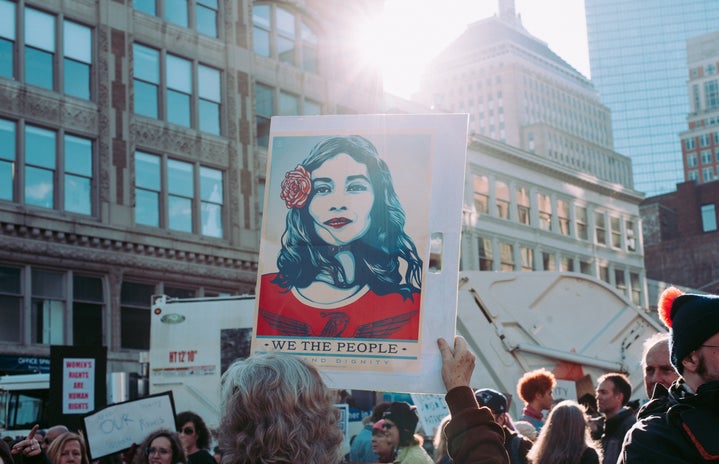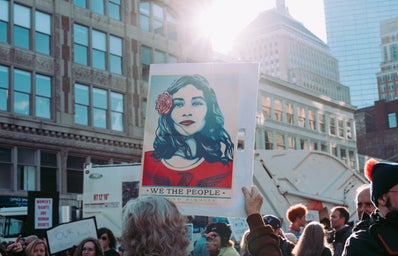I was first catcalled at 12 as I was walking back from the beach. My friends and I were together, and a drunk man yelled out of a car at us. And kept doing it. My friends were a little older than me, 13 and 14, so I looked to them for how to respond. I was furious and wanted to snap back. How dare this man speak to me, and my young body like that? My best friend said you can’t snap back. She said you don’t know what they’ll do if you snap back. She said the safest bet is to stay silent.
For 6 years, for every catcall, I stay silent. I pretend I can’t hear. I keep walking. It’s the safest bet. At least that’s what I was taught. Ruth George’s murder broke my heart. Because she could have been me. Or anyone. She was any college girl, minding her business, ignoring a typical catcall, which we were always taught was the safest reaction to have.
Living further away on campus means walking through some streets. At least once a week, I get catcalled walking by men in trucks that lean out windows and violate me with their eyes. I’ve grown accustomed to it, to think little of it and just go on with my life. But Ruth George could not just go on. Catcalling for her led to her violent rape and murder. Catcalling is not something she could ignore, and we can’t either.
Image Courtesy of News 1130
Catcalling is about power. It’s about violating someone, taking control of them. Ruth George’s murderer did that to her with his catcall, and then physically after.
It could have been any woman. And I am so sick of hearing ‘it’s just a catcall’. I’m even sick of telling myself that. The sexualizing of the young body, of young bodies of women of color, is harmful and painful and, in this case, lethal. We cannot ignore it.


